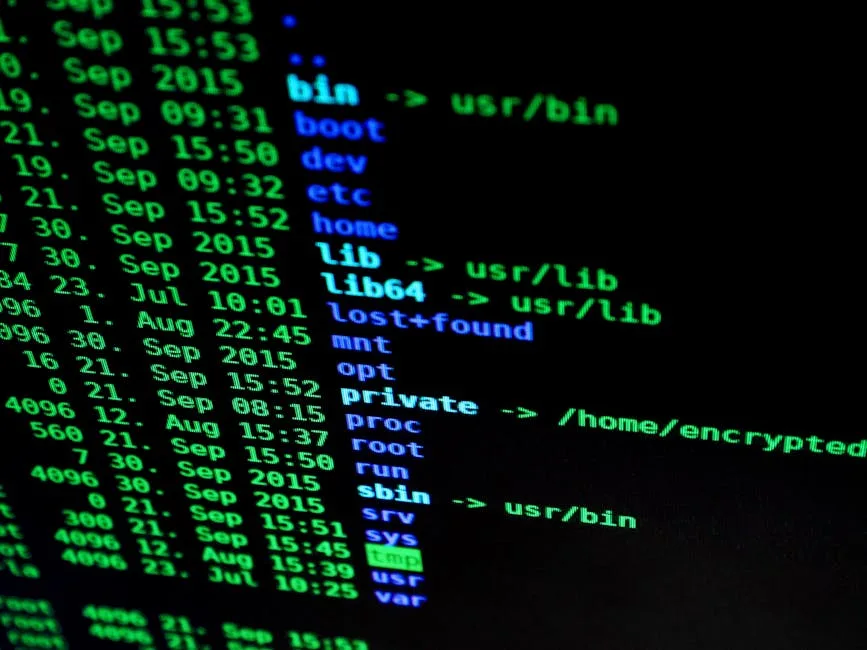
Modern cyber threats like PowerShell abuse and USB data exfiltration demand rapid, structured responses. Cybersecurity project managers (PMs) now play a central role in bridging technical incident response with organizational strategy. This article examines how security-focused PMs implement real-time controls, policy frameworks, and tools like ThreatLocker while aligning with NIST incident response phases.
TL;DR: Key Takeaways for Security Leaders
- Cybersecurity PMs earn $128,958 avg. salary (Glassdoor 2025) with 33% job growth projected
- NIST incident response phases require PM coordination across preparation, detection, and recovery
- 56% of organizations face skills gaps in incident response teams (Fortinet 2023)
- Tools like AI-driven threat hunting and MDR services augment traditional IR capabilities
Incident Response Lifecycle Management
The NIST framework defines five critical phases where cybersecurity PMs add value. During preparation, PMs establish IR plans and security policies, ensuring tools like SIEM systems are properly configured. Detection and analysis phases benefit from PM oversight of log monitoring and IOC tracking systems. A 2023 CyberMaxx report highlights that organizations with PM-led IR testing reduce containment times by 41% compared to ad-hoc approaches.
Containment strategies often require PMs to coordinate between technical teams and business units. For example, disconnecting infected systems may conflict with operational continuity needs. The eradication phase sees PMs managing vulnerability patching timelines – tools like ThreatLocker Patch Management provide centralized control. Post-incident reviews led by PMs result in 28% fewer repeat incidents according to EC-Council case studies.
Cybersecurity PM Skills and Responsibilities
Effective security PMs blend technical certifications (CISSP, CompTIA Security+) with project management methodologies. Key responsibilities include:
| Function | PM Contribution | Tools/Standards |
|---|---|---|
| Risk Management | Legacy system mitigation plans | NIS2, HIPAA audits |
| Vendor Coordination | Unified reporting protocols | GDPR dashboards |
| Resource Allocation | IRT staffing and budgeting | CyberMaxx MDR services |
Bridewell’s 2025 analysis shows organizations with dedicated cybersecurity PMs resolve compliance issues 3.2x faster than those without. The role particularly benefits from hybrid skills – technical knowledge to understand threats combined with managerial ability to implement solutions.
Emerging Technologies in Incident-Driven Development
AI and automation transform how PMs handle threats. EC-Council’s E|CIH certification now includes AI-driven threat hunting modules, reflecting industry shifts. Microsoft’s Secure Future Initiative demonstrates how automated patch management can reduce vulnerability windows by 62%.
“Remote incident response capabilities allow containment of threats across distributed systems without physical access” – CyberMaxx IRT Effectiveness Report 2025
PMs increasingly rely on Managed Detection and Response (MDR) services for 24/7 monitoring. These services provide threat intelligence feeds that integrate with existing SIEM systems, creating feedback loops for continuous policy improvement.
Implementation Recommendations
For organizations building incident response capabilities:
- Conduct quarterly tabletop exercises with cross-functional teams
- Implement encrypted backup strategies with tested restoration procedures
- Adopt standardized reporting for multi-vendor environments
- Prioritize CISSP or PMP certifications for security PM hires
The cybersecurity PM role will continue evolving as threats accelerate. With 64% projected growth in security PM roles by 2035 (PMI), organizations must develop clear career paths and training programs to address this critical need.
References
- “What is Incident Response Life Cycle,” EC-Council, 2025.
- “Incident Response Importance,” CyberMaxx, 2025.
- “Cybersecurity Project Manager,” Coursera, 2025.
- “Cyber Security Project Management,” Bridewell, 2025.
- “2023 Cybersecurity Skills Gap Report,” Fortinet, 2023.
- “Create Cybersecurity Disaster Recovery Plan,” Pace University, 2025.
- “EC-Council Certified Incident Handler,” EC-Council, 2025.
- “Global Project Management Talent Gap,” PMI, 2025.




